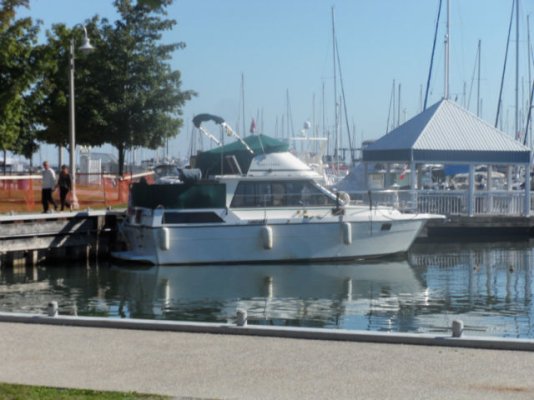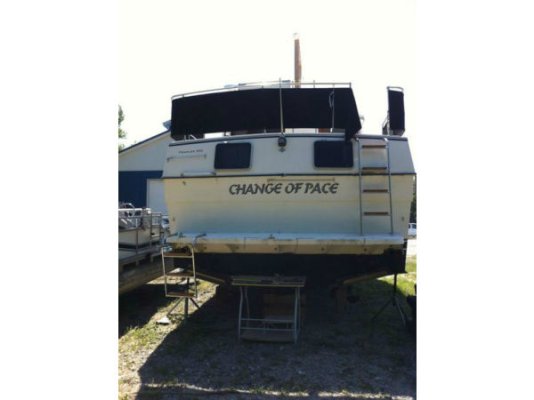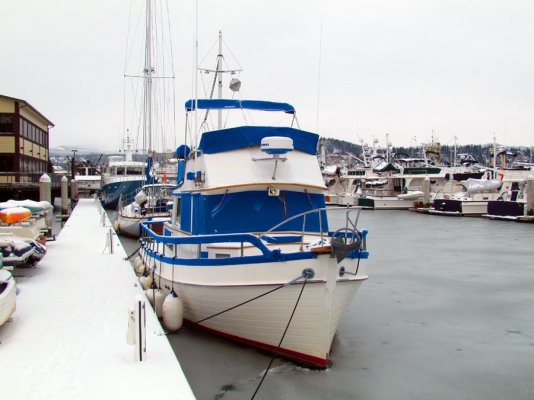Painting fiberglass boats is a well-accepted practice. In fact a number of luxury yacht manufacturers today like Delta often forgo gelcoat altogether on their newbuilds. The yacht is intended to be painted from the outset. The advantage of paint is that damaged paint can be touched up back to perfection relatively easily as compared to the process to repair or redo damaged gelcoat.
A number of owners on the Grand Banks owners forum who have older fiberglass GBs have painted them or had them painted. Much, much less expensive than a re-gelcoat job. Our own 1973 fiberglass GB in the PNW will someday get a paint job if we keep it and we have the time to do it.
I have been on a fiberglass yacht that was damaged in a collision and Delta completely restored it. The last step was to paint the boat in their facility on the Duwamish waterway just south of Seattle. The end result was spectacular to say the least. In fact it looked better than gelcoat because Delta was able to fair the fiberglass to absolute perfection before painting the boat (as opposed to getting what you get when a boat comes out of a mold with the gelcoat already on it).
While we have not had direct experience with a fire (a near fire, yes, but not an out-and-out fire), either on board or near us, we know several boaters who have had boats in close proximity to a fire.
In one case, the "only" damage was heavy smoke damage from a sailboat that burned in front of it across the dock, but the bill to completely clean the boat (a GB36), replace all the canvas, heater ducting that got smoke into them, redo the exterior brightwork finish and other smoke damage fixes was in excess of $35,000.
A good friend acquired a 40' sailboat that was newly completed and in a cradle outside the boat's manufacturing plant that burned down right next to it (Uniflite). He got the boat very inexpensively (or free, I can't remember) because of the heat damage to it but he had all the necessary fiberglass, gelcoat, and other skills necessary to fix the problems that had resulted from being so close to the fire. He told me it was a huge job to do it correctly and it took him several years.
Not knowing the extent of the damage to the boat you are interested in, I have no clue if it is a major problem waiting to happen or not. My wife and I would not touch a boat that had fire damage unless the boat was practically being given away and we were confident that the proper repairs were within our skill set (they would not be in the case of fire damage) or within our budget to have professionals do the work.



